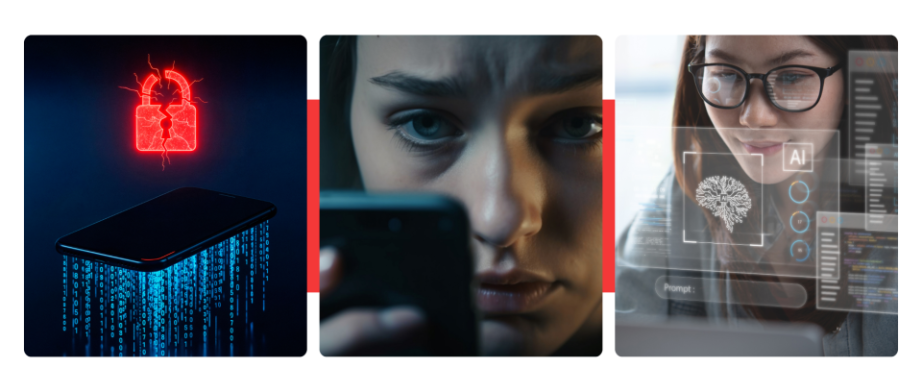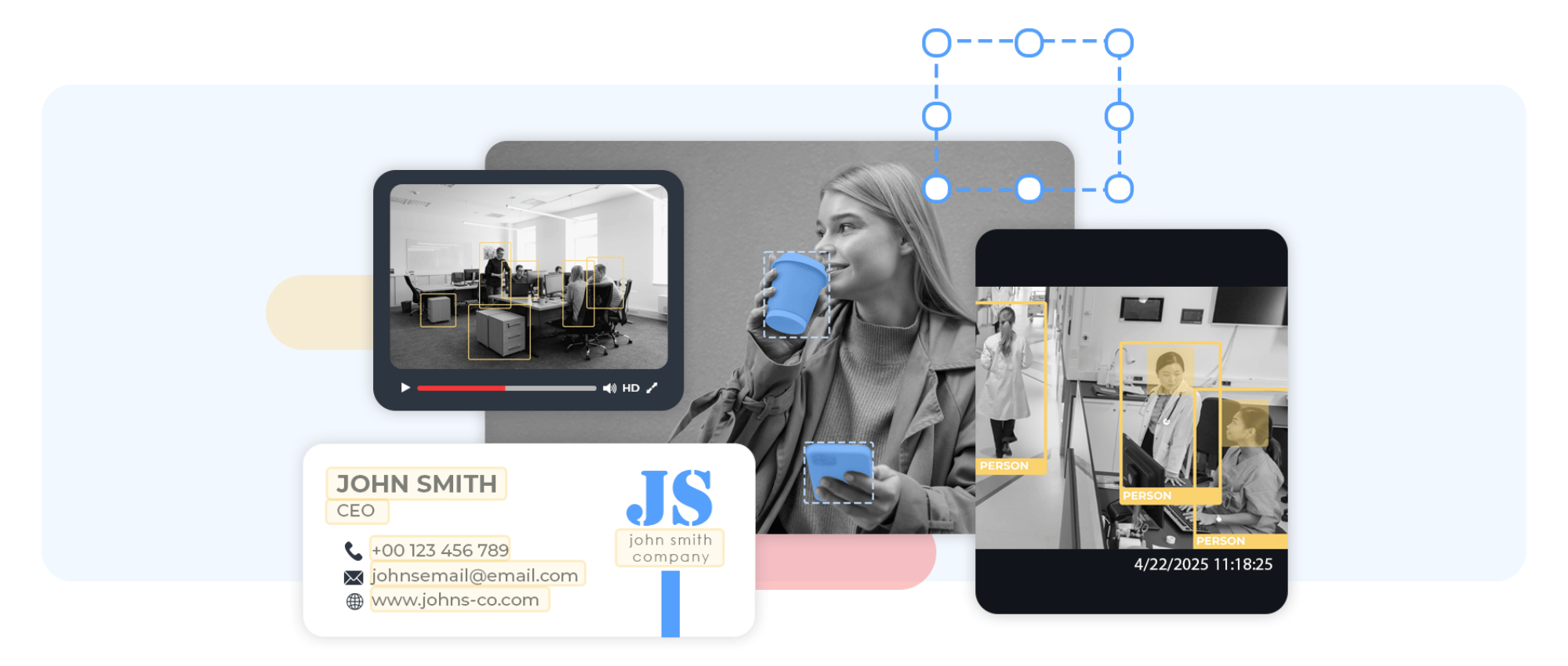Don’t worry, we’ll keep this a bit short, but it’s important to nerd out and know the basics and the arc of what happened with chatbots.
The first-ever chatbot, presumably, was developed in 1966 at MIT by a professor named Joseph Weizenbaum. Said chatbot was named ELIZA, was actually rooted in some of Alan Turing’s work around The Turing Test, and the idea was that a computer program could trick a human being into believing it was having a conversation with another human being.
That was 1966. The term “chatbot,” which actually began as “chatterbot,” was not even coined until 1994, by another pioneer named Michael Mauldin, who created one of the first “verbots,” named Julia. “Verbot” was a popular software development kit (SDK) for early AI and chatbots, designed specifically for early-era Windows and web.
The gap between 1966 and 1994 mirrors a bit of what happened with AI in general
Artificial intelligence actually debuted at a conference at Dartmouth University in 1956. At the time, there was a lot of optimism. Some people at the conference believed robots and AI machines would be doing the work of humans by the mid-1970s. Of course, that didn’t happen — what happened instead was that funding dried up, and a period called “The AI Winter” began. That ostensibly lasted into the 2000s, when IBM’s Watson peaked a lot of interest in artificial intelligence again.
Now we’re at an interesting place. Like PCs in the early 1980s or the Internet in the early 1990s, artificial intelligence is “out there” and people know about it — Tom Cruise and Will Smith movies, for one — and while it’s starting to massively impact businesses, its overall impact on business is still nascent.
The history of chatbots – the summary
Then, of course, there are fears. Average workers worry it means job loss down the road. Prominent Silicon Valley executives, like Sam Altman of Y Combinator and Elon Musk of Tesla/RocketX, are beginning to do more around AI — including being scared of its potential ramifications.
That’s the brief history of how chatbots and AI were created probably way before you even realize, then disappeared from the scene for decades, and are now back in vogue and powering a good portion of business interactions (again, things you might not even realize).
Now the question becomes: what does this mean for you? What could a chatbot do for your business? Why is this relevant and important? And that, dear reader, is our next blog.















